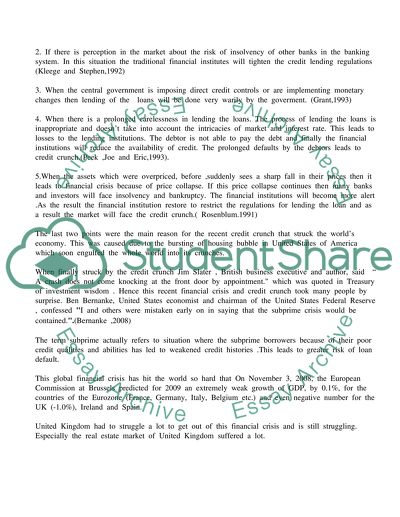Cite this document
(“Credit Crunch and Its impact on UK's Real Estate Market Dissertation”, n.d.)
Retrieved from https://studentshare.org/family-consumer-science/1416634-credit-crunch-and-its-impact-on-uk-s-real-estate
Retrieved from https://studentshare.org/family-consumer-science/1416634-credit-crunch-and-its-impact-on-uk-s-real-estate
(Credit Crunch and Its Impact on UK'S Real Estate Market Dissertation)
https://studentshare.org/family-consumer-science/1416634-credit-crunch-and-its-impact-on-uk-s-real-estate.
https://studentshare.org/family-consumer-science/1416634-credit-crunch-and-its-impact-on-uk-s-real-estate.
“Credit Crunch and Its Impact on UK'S Real Estate Market Dissertation”, n.d. https://studentshare.org/family-consumer-science/1416634-credit-crunch-and-its-impact-on-uk-s-real-estate.


